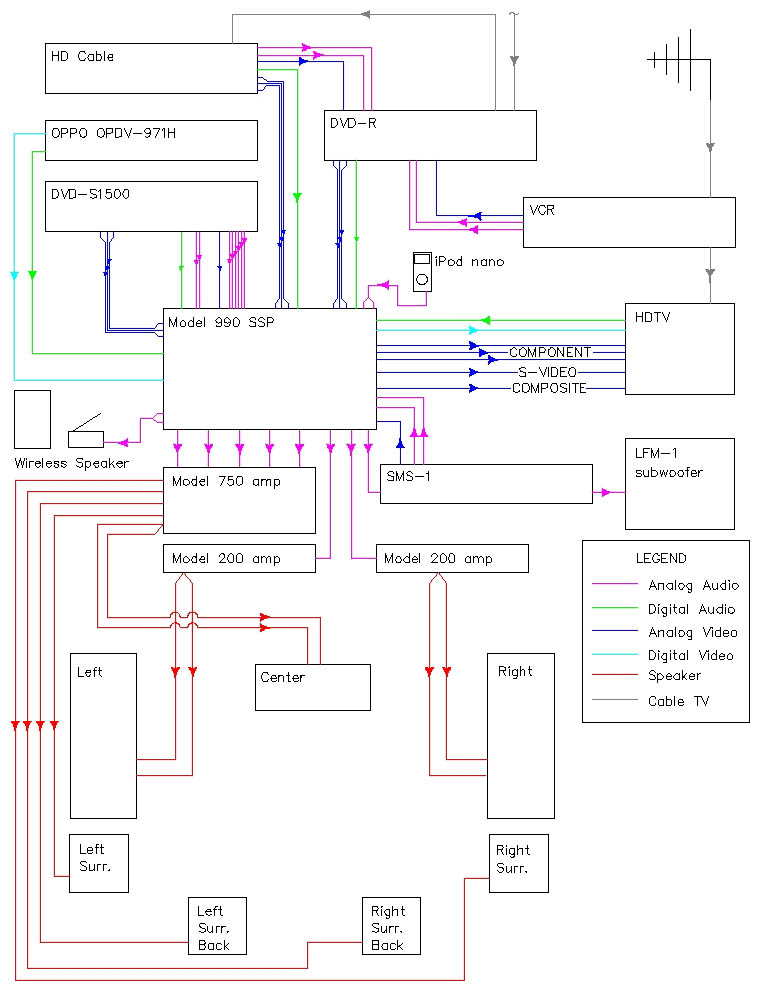A Pro Guide For Tips For Implement the Perfect Surveillance Setup to Fulfill Your Safety Requirements
A Pro Guide For Tips For Implement the Perfect Surveillance Setup to Fulfill Your Safety Requirements
Blog Article
When it comes to ensuring protection and security, selecting the appropriate CCTV setup is crucial. Closed-circuit video (CCTV) systems are widely used for monitoring in various environments, such as homes, businesses, and community areas. These systems help monitor activities, deter crime, and provide important proof in the event of occurrences. Comprehending the various components and features of CCTV systems can help individuals and entities make informed decisions that most satisfy their security requirements.
One of the first factors when choosing a CCTV system is the type of cameras needed. There are numerous varieties of devices available, including dome cameras, bullet devices, and PTZ (pan-tilt-zoom) devices. Bulb devices are often used for indoor monitoring due to their subtle appearance, while bullet cameras are more visible and are generally employed externally. PTZ cameras offer the ability to magnify in on particular locations and can be controlled remotely. Evaluating the particular surroundings and the locations that need monitoring will assist decide which kind of camera is most suitable.
Another crucial consideration to take into account is the resolution of the devices. Higher resolution devices offer clearer images, which can be essential for identifying individuals or details in a setting. Common resolutions include basic resolution (SD), elevated resolution (HD), and ultra-high definition (UHD). While increased clarity devices may arrive at a higher cost, they can considerably enhance the effectiveness security camera installation for consulting firms of a monitoring system. It is also crucial to consider the illumination conditions in the location being observed, as some devices are more equipped to manage dim conditions than alternative options.
Recording choices are also a critical aspect of CCTV systems. Video recordings can take up a significant amount of space, so it is crucial to select a system with sufficient capacity options. Many systems provide cloud options, which allows for off-site retrieval to recordings and can offer extra safeguarding in the event of burglary or destruction to the tangible device. Alternatively, local storage, such as digital video devices (DVRs) or internet footage devices (NVRs), can be employed. Understanding the storage needs based on the quantity of cameras and the desired retention period for recordings is vital for effective surveillance.
Finally, the installation and upkeep of the CCTV setup should not be ignored. Professional installation can guarantee that devices are placed in optimal locations for maximum surveillance. Additionally, routine upkeep is essential to maintain the system functioning properly. This includes checking device positions, cleaning lenses, and ensuring that programs is up to date. Some setups also provide off-site monitoring capabilities, enabling operators to access live footage from their mobile devices or laptops. This feature can provide peace of mind and enhance the overall efficacy of the security setup.
In conclusion, selecting the ideal CCTV system requires careful consideration of various factors, including device kinds, clarity, storage choices, and setup. By comprehending these components, individuals and entities can choose a setup that effectively meets their safeguarding requirements. A thoughtfully designed CCTV system not only helps discourage crime but also provides important proof when needed, making it an important expenditure for safety and safeguarding.